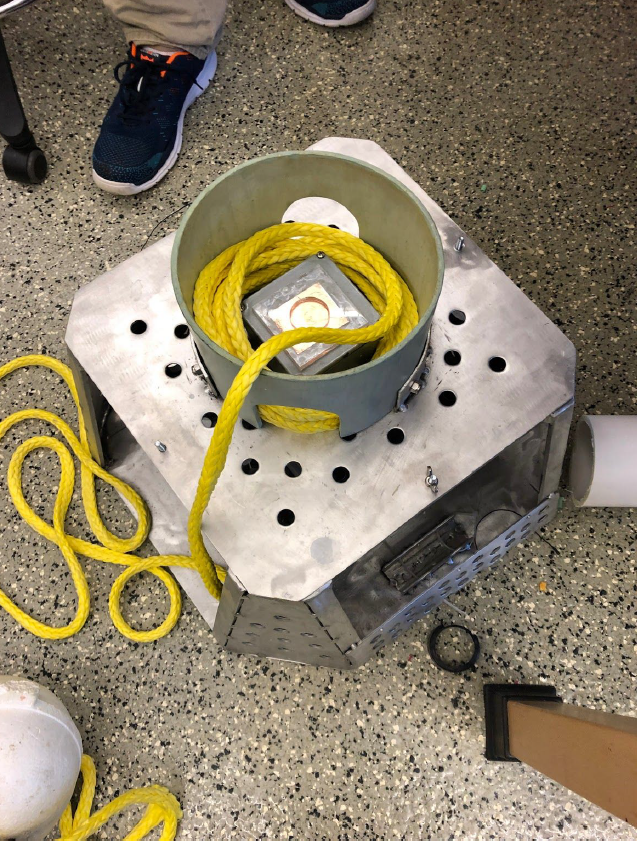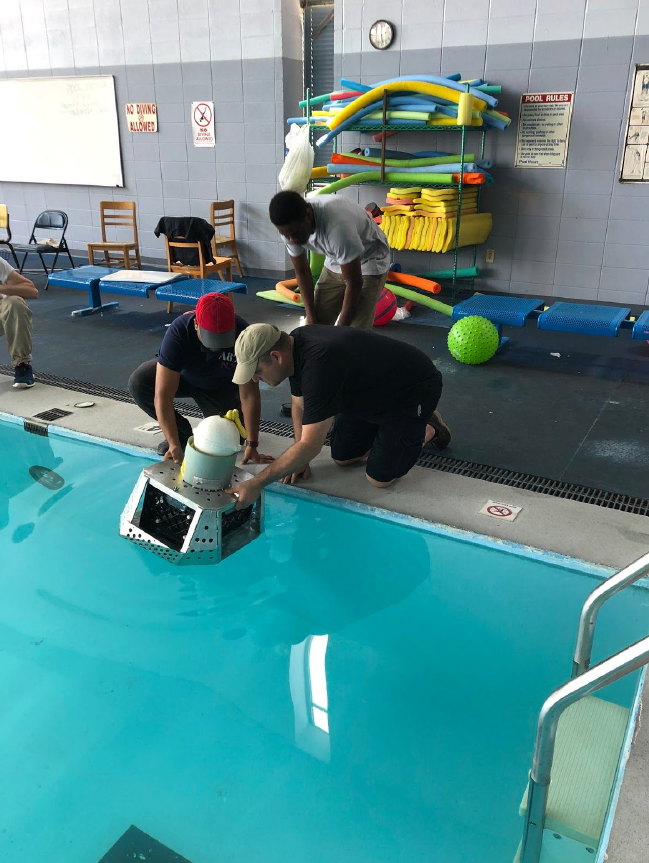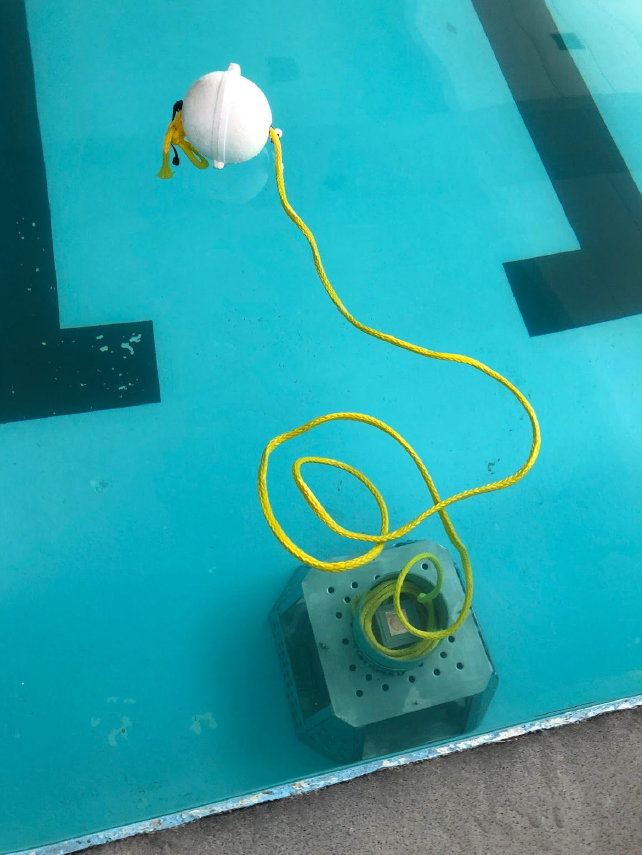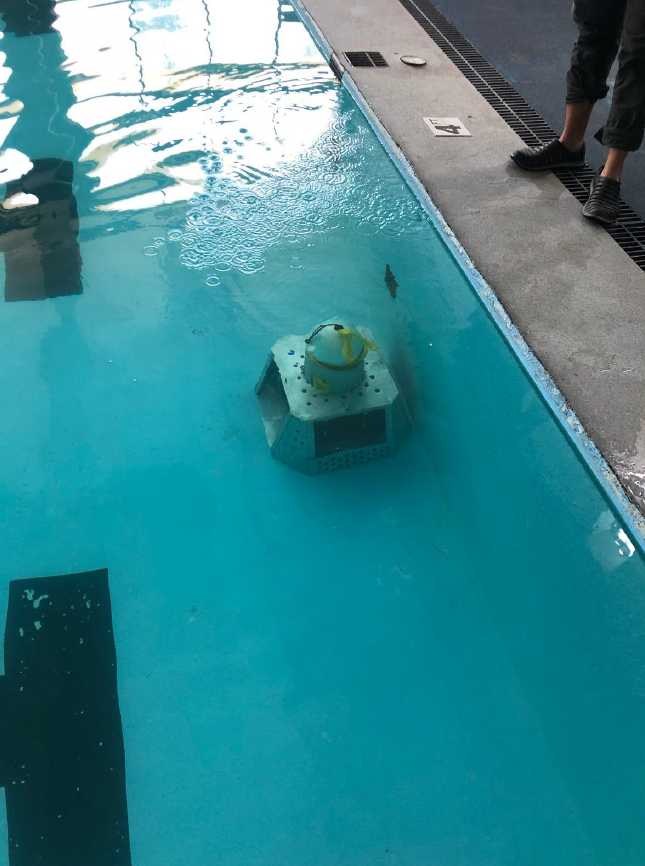Core 2 Research Program - Jackson State University
Principal Investigators: Kamal Ali, Ali Abu-El Humos, Huiru Shih
Graduate Students: Chao Jiang, Canhao Wang, Andrew Overton
Undergraduate Students: Getinet Mekuriaw, Emmanuel Ossahenogae Edorodion, Kayla T. Brooks, Malliyah O. Weatherspoon, Yizhe Wang
Award Amount: $206,732
Project Description
Goal:
Develop an understanding of oyster health as it relates to environmental conditions by remotely measuring oyster gape. Combining oyster gape data with environmental conditions will allow for the creation of an Artifical Intelligence capable of detecting and/or predicting the health of the oyster and that of the surrounding environment.
Why it is Important:
We have developed a sensor system that allows for close and continuous monitoring of Oyster gaping which can be used to better understand the Oyster response to stressors.
Since our sensor system is also field deployable, the knowledge gained in the lab experiments can be used to have a real-time measure of the ecosystem.
Using our sensors, oyster spawning can be detected in real time, allowing for timely interventions to increase oyster population.
An Underwater Release Mechanism has been developed. This mechanism allows for performing underwater scientific experiments completely hidden from view until retrieval time.
The Fast Fourier Transform (FFT) gaping data analysis is very promising since it provides automatic oyster’s spawning detection.
Objectives:
Improve on the underwater sensor systems (designed in Core 1) by increasing accuracy and efficiency while reducing cost and power needs.
Field-deployment of previously developed “oyster’s gape” measurement system through collaboration with the UM Core team to use their Lander system allowing for data collection on both oyster activity and water quality.
Build underwater sensor systems to monitor 40-80 oysters’ gape activity in all lander deployments
Create an AI capable of detecting the different states of health of an oyster (feeding, spawning, stressed etc.) through analyzing the gape data together with other measured parameters
Improve on the Underwater Timed Release mechanism making it more robust and cost effective.
Collect, analyze, and post gape data from all deployments in a format accessible by all researchers.
Work closely with UM, USM, and MSU researchers in the data analysis phase of this research to arrive at an AI capable of detecting (and hopefully predicting) the different states of an oyster and its environment.
Project Outputs
-
Addy J. 2021. “Underwater magnetic release system” Master’s thesis, Jackson State University, Jackson, MS, USA.
Ukpebor A. 2021. “Efficient algorithm for automatic detection of oysters’ spawning” Doctoral dissertation, Jackson State University, Jackson, MS, USA.
-
Ukpebor A, Addy J, Ali K, Abu-El Humos A. "Using fourier transform to detect oysters’ spawning". The Gulf OF Mexico Conference 2022, Baton Rouge, LA, April 25-28, 2022
Ukpebor A, Addy J, Kamal K, Abu-El Humos A. “Secure end-to-end communications with lightweight cryptographic algorithim”. World Congress in Computer Science, Computer Engineering, and Applied Computing, Las Vegas, NV, July 26-29, 2021.
Addy J, Cameron M, Hasan M, Akintade O, Ali K, Abu-El Humos A, “Underwater magnetic release system”, The Fifth International Conference on Smart Trends in Computing and Communications (SmartCom 2021), Virtual, Las Vegas, Nevada, April 15-16, 2021
Addy J, Cameron M, Hasan M, Akintade O, Ali K, Abu-El Humos A, “Underwater magnetic release system”, The 2020 Bays and Bayous Symposium, Virtual, December 1-3, 2020
-
Addy J, Cameron M, Hasan M, Ukpebor A, Ali K, Abu-El Humos A. 2022. Underwater magnetic release system. Smart Trends in Computing and Communications. Lecture Notes in Networks and Systems, vol 286. Link.




